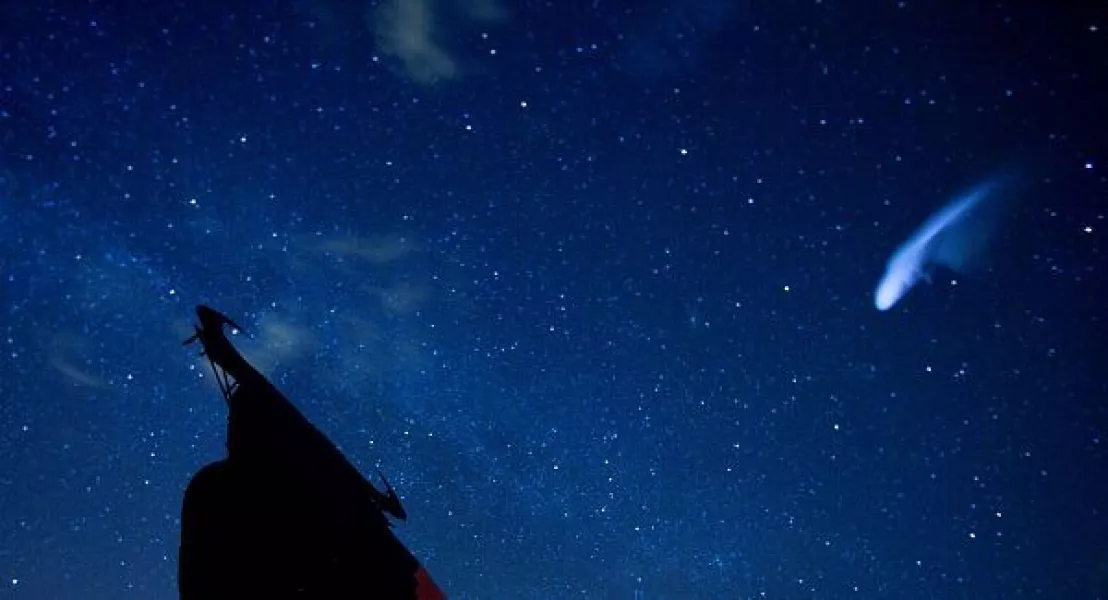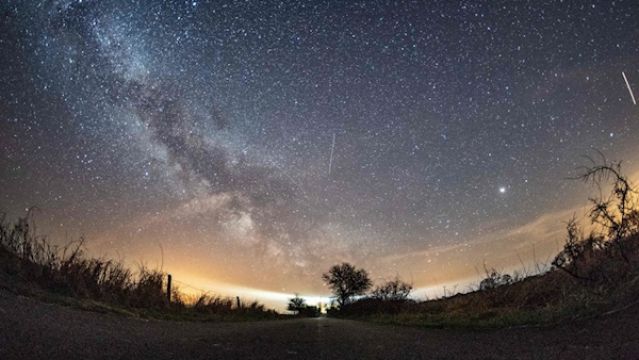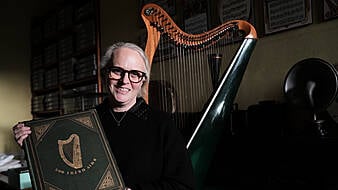The Perseids will light up the skies and will reach its peak activity over the next two nights, August 11th and 12th, with 20 times more shooting stars visible than a normal night.
According to David Moore from Astronomy Ireland, the meteors are called the Perseids because their tracks appear to point back to the constellation of Perseus.
So if you are planning to stay up late tonight to witness the spectacle - weather permitting - here are some tips for how to make the most of the experience.
1. Try and get away from cities
Because of the amount of light pollution in cities, it is easier to see the night sky in all its glory in the countryside. For a lot of people it might not be possible, but as Mr Moore says, you will get the best experience the further away you are from the city.
"If you have a bit of light pollution then you could lose more than half of the shooting stars compared to someone out in the countryside.
"So that is the first tip, look for a dark sky and try get way from the city. I have often had good views in the Wicklow mountains but maybe somewhere like the Hill of Tara would be better this time."

2. Give yourself time to adjust to the darkness
If you are not a regular stargazer you might not be aware that it takes your eyes awhile to adjust to the darkness. It is all to do with how you eyes react to the dark, as Mr Moore explains:
"You need to give yourself at least five minutes to get used to the dark. Your eyes slowly adapt to the dark and there are various chemicals that are released onto the retina at night to help with night vision.
"The purists would say wait a half an hour to get the perfect night vision but you don't need that long."
3. Keep count of how many meteors you see
One of the most exciting parts of watching a meteor shower is keeping track of how many you see. Astronomy Ireland get sent numbers by those watching to look for developing trends between showers.
"Get something to record how many meteors you see, I have a little alarm that goes off every 15 minutes. A pencil and a pad is best for recording because if it is wet the ink can smudge."
"If you are in a group, each person should record their own sightings so if someone else sees one don't record that one."
4. Wear warm clothes and prepare some food
If you are planning to stay out for a while it is best to wear warm clothes and even make a hot water bottle. Mr Moore suggests you bring some tea and food with you as well so you are not starving during the night.
While the best time to see the meteors is probably around 4am or 5am, he said you can still see some meteors from 11pm and as you get closer to midnight. No matter how long you stay out, you can never trust Irish weather so it is best to come prepared.

5. Capture the magic
Finally, If you have a camera or even just your smartphone, stargazing is the perfect chance to capture the beauties of of the night sky.
Mr Moore says he sets his camera to take pictures every half and hour throughout the night
"If you have a pro mode on your smartphone you can record stars fainter than you can actually see.
"You can certainly record constellations and you can get those brighter fireballs that appear in the sky.
"People who have digital cameras they should use a wide angle lens so you see sky in the whole frame ."
Astronomy Ireland is asking everyone in Ireland to help count the shooting stars this year by filling out a form on its website.







